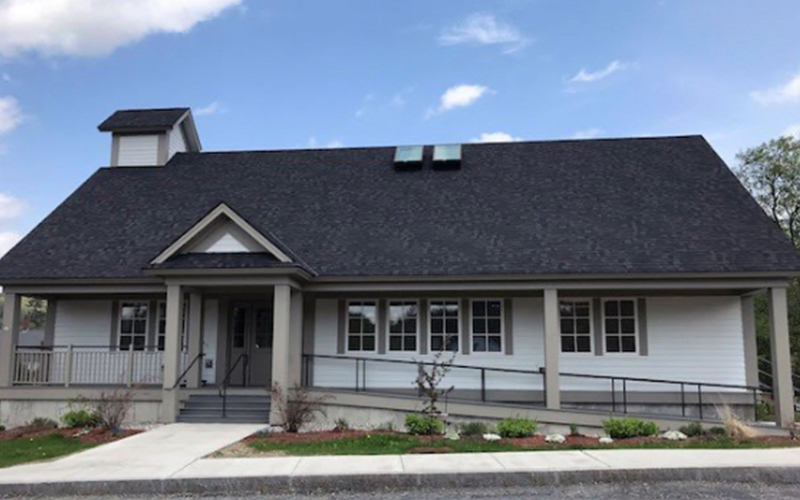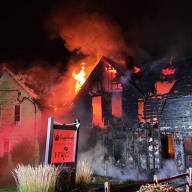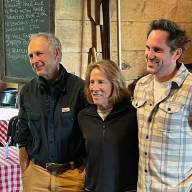Moretown is one of 13 villages in Vermont to receive funding from the state’s Village Water and Wastewater Initiative – to the tune of $3,325,000.
Eleven Vermont villages received wastewater grants and one received a grant for drinking water.
The state’s Village Water and Wastewater Initiative (VWWWI) is powered by ARPA funds and is designed to help municipalities develop new public drinking water systems and community wastewater disposal systems where such infrastructure is lacking. Per a press release announcing the funding, “this grant funding will bridge the affordability gap, protect public health, increase affordable housing, support economic development, and incentivize compact growth in Vermont’s designated villages and neighborhoods.”
Moretown Planning Commission member Clark Amadon explained that a small group of Moretown officials and residents had been working on trying to develop a village wastewater system for Moretown.
“It’s the same thing that we’re hearing in Waitsfield and other Vermont villages, there are aging septic systems that could fail and the space taken up by those systems prevents economic development and housing,” Amadon explained.
“Our motivation is similar to that of almost all villages in Vermont that don’t have one. Warren has had one that has been significant,” he added. Warren developed a municipal wastewater system after the flood of 1998.
WORK IN EARLY STAGES
Amadon said the work in Moretown Village is still in the early stages and he said the minimum service area would be the designated village center which runs from Hurd Road at the south to just past the Moretown Mountain Road to the north. That service area may be expanded to run from the bridge at the south to the bridge at the north of the village depending on soils, users, gallons and finances, he said.
There are some 40 to 50 septic systems in the service area and Amadon and his fellow committee members are working with Otter Creek Engineering on a feasibility study that will provide more specific details on the ages of the existing septic systems as well as amount of wastewater that will need to be treated and the best soils in the village
The town anticipates spending $45-$60,000 on the feasibility study and has received a zero interest loan for that work but Amadon noted that there may be grant contingencies that require the town to use some of the $3.3 million grant to fund the study.
A HEADS-UP
“There’s been a heads-up that depending on how the APRA funds are deployed along with the state’s Clean Water and Drinking Water State Revolving Loan Fund, the feasibility study might have to come out of the grant,” he explained.
The press release announcing the grants explains that “ARPA funds will be used in a “co-funding” model with the Clean Water and Drinking Water State Revolving Funds, USDA - Rural Development support, Northern Border Regional Commission support, or locally available funding. Co-funding means that ARPA funding will be used to complement other funding sources to achieve affordability for the users of the system. The assistance will be primarily in the form of grants, and pending eligibility determination, may include support for planning, design, land purchase, or construction of active projects.”
Amadon said that the town’s application for the grant noted the age of the septic systems in the village as well as the fact that of the 40-50 systems in the village, many don’t have a state permit. State permits were not required for septic system repairs, upgrades or replacements until 2007. The application also noted the proximity of many village wastewater systems to the Mad River, particularly on the west side of Route 100B.
60% MEETING
Amadon, who attended the Waitsfield Community Wastewater presentation last week to hear the report from engineers with 60% of the feasibility study completed, said he anticipated a similar 60% meeting in Moretown from Otter Creek Engineering in the coming months.
It is too early to know estimated costs of construction, Amadon said and too early to predict when voters would be asked to pass a bond. He said the state funds for village wastewater projects need to be spent by the end of 2026.
Other community members currently on the village wastewater committee include Jack Bryne, Deb Carroll, Dave Westerman, and Jay Piliod.












